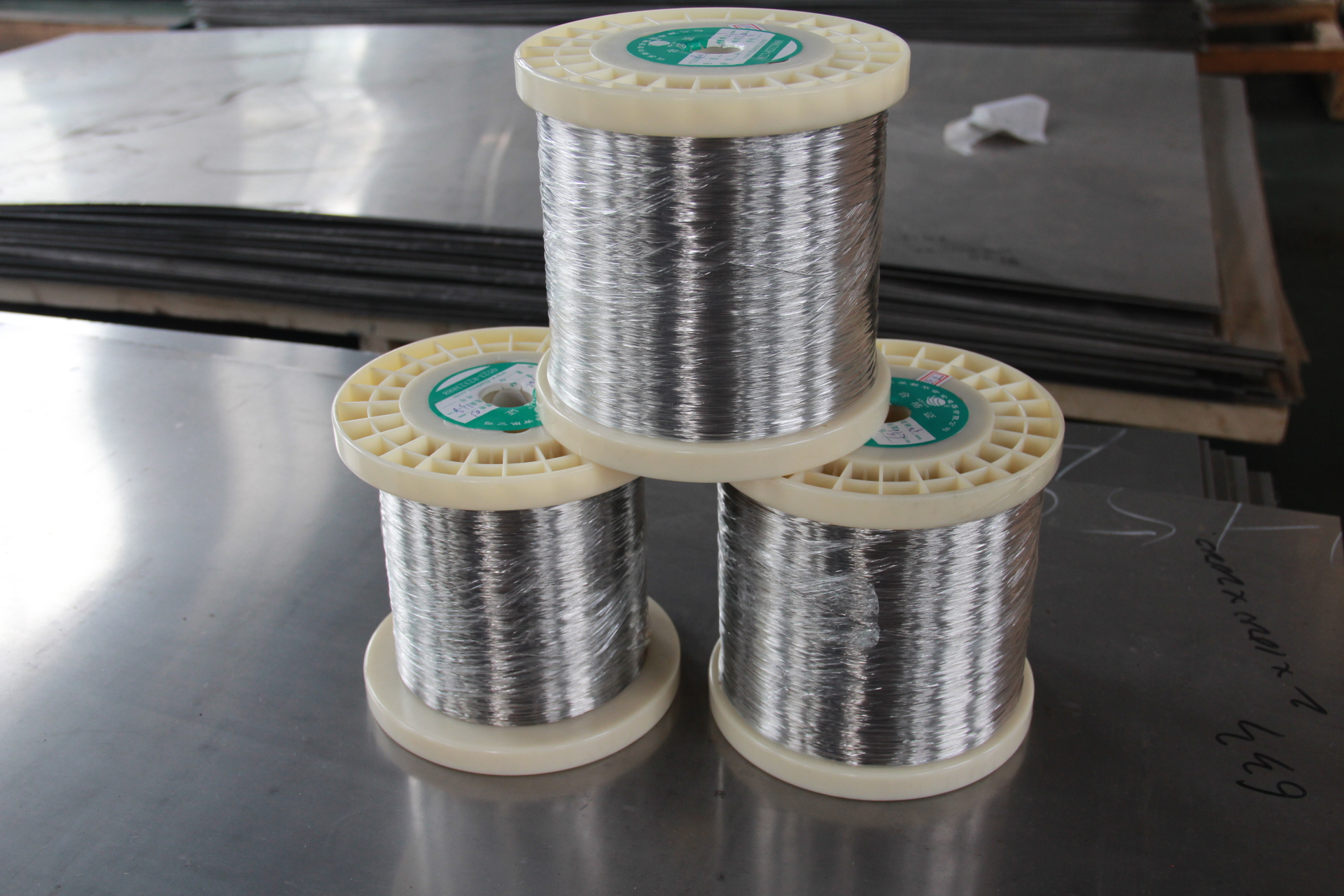Guide: High-quality yeast hydrolysate uses pure cultured yeast milk as a functional protein material, which has attracted much attention due to its large amount of nucleic acid. So what else is there in yeast hydrolysate besides nucleic acids? This article will explain the other nutrients in yeast hydrolysate and give you a better understanding of yeast hydrolysate.
The efficiency of animal use of protein in the diet depends on the composition of the dietary protein, digestibility, and the balance of amino acids and animal requirements. The yeast hydrolysate is deeply enzymatically hydrolyzed in the production process, and its macromolecular protein is fully degraded. Therefore, the proteinaceous substances in the yeast hydrolysate mainly exist in the form of small-chain acid-soluble proteins, mainly including small peptides and free amino acids. class. Compared with macromolecular proteins, small peptides and free amino acids are more easily digested and absorbed by animals, and have higher bioavailability and physiological functions.
The amino acid balance in the yeast hydrolysate is good. Lysine, methionine, tryptophan and threonine are the main limiting amino acids in pigs. The four amino acids in yeast hydrolysate are abundant, and the ratio is close to the ratio of the ideal protein model recommended in NRC (1993). Yeast hydrolysate is a high quality protein feed material.
Small peptides are also the main components of protein in yeast hydrolysate. They are not only one of the important indicators for measuring the degree of hydrolysis of yeast hydrolysate, but also one of the key indicators reflecting product value. In order to improve the nutritional value of protein in yeast hydrolysate, Anqi relies on its own technical advantages and has long been committed to the research of targeted enzymatic hydrolysis technology, and has achieved small peptides in high-end yeast hydrolysate ≥30%. The small peptide has high absorption and utilization rate, and not only its transport system has the advantages of high transport speed, low energy consumption and low saturation, but also can promote amino acid absorption, accelerate protein synthesis, promote mineral element absorption, and promote functional animal peptides. Food and many other biological functions.
In order to enhance the application of functions in the animal field, yeast hydrolysate not only contains nutrients in the yeast cell contents, but also leaves the yeast cell wall components. The yeast cell wall is mainly composed of the outer mannan, the inner β-glucan and the intermediate layer of protein. The special components and spatial structure also give it the ability to regulate the body's immune function, specifically adsorb mycotoxins, and adsorb the intestines. Pathogenic bacteria and other aspects play a unique role.
As a kind of functional protein raw material, yeast hydrolysate is widely recognized and utilized by the industry for its nutritive and functional effects brought by special components such as nucleic acids, small peptides, amino acids, mannan, and dextran. . With continued in-depth research, yeast hydrolysate will play a greater role and create greater benefits.
Saiyuejiang is a functional protein raw material produced by Anqi's preferred Saccharomyces cerevisiae strain, which is produced by liquid pure culture fermentation, directed enzymatic hydrolysis, etc., non-animal source, and no biosafety hazard. Saiyuejiang is rich in nucleotides, functional peptides, amino acids, β-glucan, mannan and other functional ingredients, which can replace plasma 1:1 perfectly. Saiyuejiang has the unique fragrance of yeast, no other odor, and can withstand granulation, which can effectively improve the taste and stability of the finished feed. Saiyuejiang will not have a negative impact on the animals themselves and the environment, and its high digestion and absorption utilization rate is also the basis for a perfect replacement of plasma by 1:1.
High Resistance Alloy is used to produce resistance elementof conductive material.Requirements including High mechanical strength, good corrosion resistance and oxidation resistance. Working temperature is usually at500 ℃. Commonly used with constantan chromium iron, iron chromium aluminum, nickel chromium, nickel, resistivity rho (20 ℃) is 1 Ω was/m or so. It is not used in the conduction of current, but with its high resistance to limit or control the current in the circuit, such as motor, potentiometer, standard resistors, potentiometers, slip line resistor resistance element and resistance line, etc.; For the using of high resistance in the pressure sensor,Temperature compensator and temperature measuring resistor of resistance element to creatte reflect strain, temperature, magnetic field and parameters; High resistance alloy can also be used as heating elements in the manufacture of the resistance heating equipment, could be applied in current, voltage regulating and the winding of control components.
Resistance Electrothermal Alloy
Resistance Alloy,Corrosion Resistant Alloy,Resistance Electrothermal Alloy,Fecral Resistance Heating Alloys
Jiangsu nickel alloy Co.,Ltd , https://www.xhalloy.com